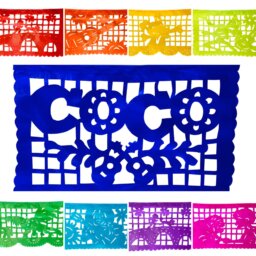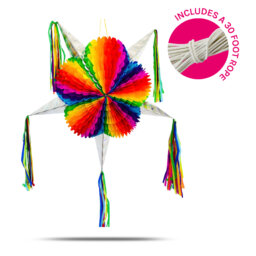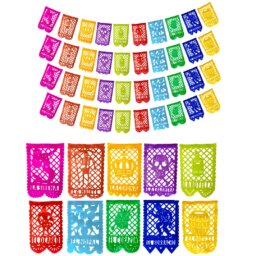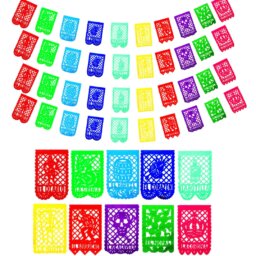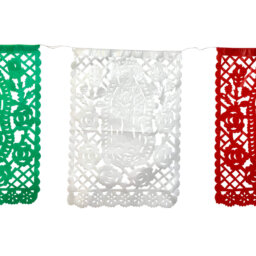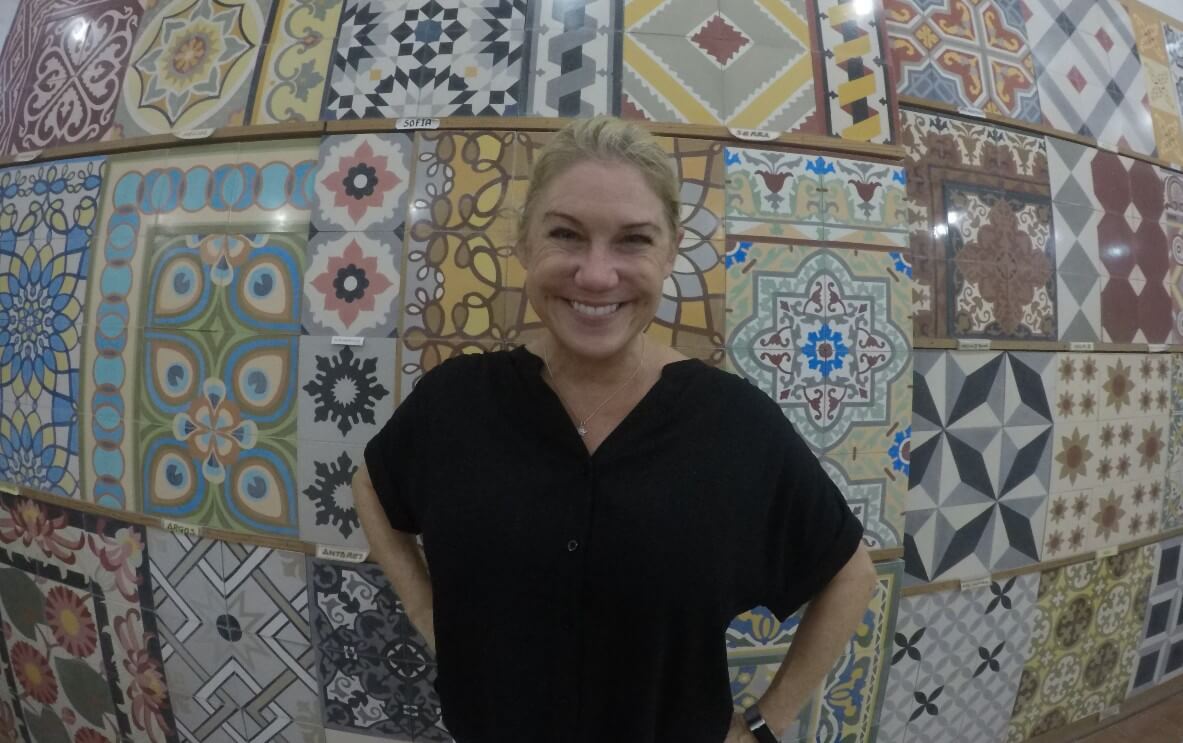
Follow me to the most famous pasta tile factory in México. Mosaicos La Peninsular – Beautiful European imports which became a Yucatecan tradition. These hand made pasta tiles are now made in Mérida, Yucatán, México.

Quick History of Mosaic Tiles or Spanish Tiles or “Pasta” Tiles in the Yucatan Peninsula: These tiles were originally made in Barcelona, Spain and used by architects such as Antoni Gaudi as early as 1857. We couldn’t find any mention as to if they were made exactly the same way there and then as they are here in Mérida today…But, today’s pasta tiles are essentially 3 levels of cement that have been turned into individual works of art!
Long story short, as early as the 1600’s, the Spaniards realized that they wanted to bring back home all of the great shit that México has to offer…aka…chocolate, coffee, gold, silver and most importantly at the time…henequin. We’ll cover henequin in another video/blog post. #promisespromises
So on their way to México (when they more or less owned it) the Spanish loaded their ships full of these pasta tiles as ballasts – literally to balance the otherwise empty boats to fill with New World treasures. They landed in the ports of Yúcatan, Campeche and Veracruz…then proceeded to dump all of the tiles out upon arrival. Then they filled the ships up with their Mexican treasures and back off to Spain they went.
Obviously, this left a lot of random tile laying around the peninsula, so people started collecting them and using them for flooring in their houses…and of course as sexy kitchen backsplashes and wall décor around their pools… Just Kidding.

Essentially, these tiles started as free imports here. But then about a 100 years ago, factories started popping up in the Yúcatan to make tiles to order for haciendas, businesses and regular casas alike. The good homeowners and business property folks realized that these tiles are cost effective, easy to maintain, beautiful and durable all at once. Plus, they really do stay cool and it gets hot as balls here.
Then China came up with less expensive ceramic tiles and introduced them to México and the world market. At that point the 7 or so factories in Mérida that had been producing these high quality tiles couldn’t compete and shut down. All but one… Mosaicos La Peninsular.
?? Shop the TexMex Fun Stuff online storefront on Amazon! ??
Ignacio and the gang endured the “ceramic tile storm” and thank God (!) because they alone kept this home decoration and flooring tradition alive. Plus, mosaic tiles last a minimum of 50 years and up to 100. Ceramic tile lasts around 7-10 years. #worthityo
He was commissioned to design the flooring for the Famous El Gran Museo del Mundo Maya in Mérida. This is a sexy honor, but we can tell Ignacio is WAY prouder of being featured in the Tacombi Mexican Restaurant in the Empire State Building!

Ignacio says that he doesn’t let just anyone into the factory, but I batted my eyes like a gringa flirt and got my way! First stop on the tour is the cement separation station. These dudes are literally not wearing shoes and standing in a pit of thick sand. Then by hand, they shovel the material up and throw it through a sifter. This is an important step because they end up garnering two levels of cement that helps build the necessary layers of the tiles.

The particles that fall through the strainer are used for one level of tile and the thick stuff that doesn’t make it through gets used as the bottom of tile. NOW we take the separated material to the artists!
This guy below is called a Ladrillero – that’s Spanish for “Brick Maker”. The Ladrilleros start with a decorative mold and they mix very fine dry cement with color and fill in the little sections within the mold with a scooper thing. Afterwards, they sprinkle fine dry cement on top. THEN they fill in the rest of the space with a thicker, damp and chunky cement mixture…
After the Ladrillero cleans up the mold, he just sticks it in a hydraulic press and literally presses it for 5 seconds. Ignacio is actually a mechanical engineer by trade, so I think that’s where the hydraulic press comes into play. This compression adds to the longterm durability of the tiles.

Anyhoo, the ladrillero removes the mold from the press, releases the ‘brick’ from the mold, flips it over and voila! A 100% handmade piece of beauty is on the back side! Since all of this is done by hand, a ladrillero can make from 80-130 tiles per day.
Ignacio has a mold for every style: 1800-1900’s Hacienda Old World classics, Art Deco, Traditional Mayan embroidery looks, you name it. As you can imagine, the more complicated a pattern and the number of colors per piece determine the length of time it takes to make each one, but after that process is complete…the tiles simply dry. No baking of any kind. They simply dry out for 8 days.

When the tiles are installed in their final resting place as flooring – a polisher shows up to buff and shine them with a polish. This polishing brightens up the colors and the tiles really become their best selves. Smooth to the touch, shiny and slippery when wet…but excellent to dance on!
When our tour was over, Ignacio gave me a fabulous and unexpected gift…the literal book on the subject…’La Magia de los Mosaicos Yucatecos’. A real treat!
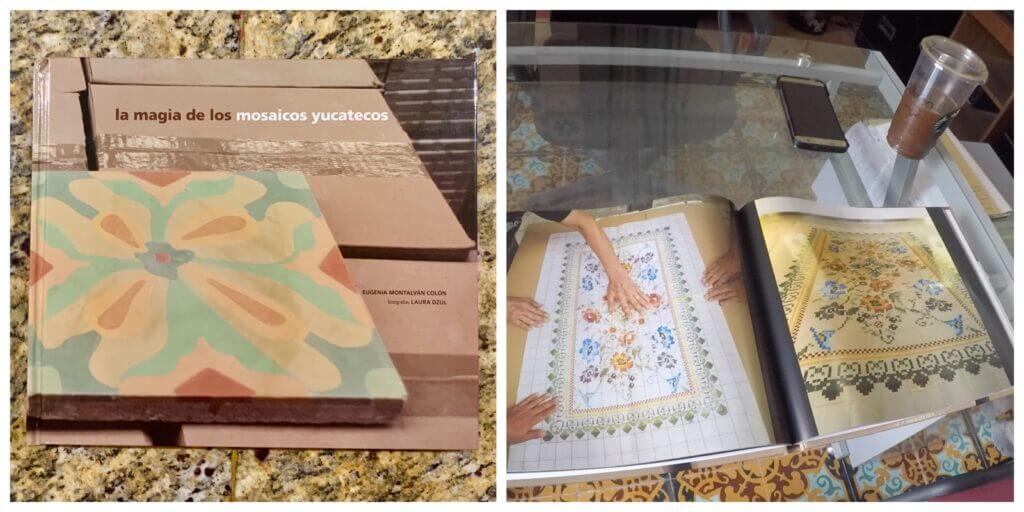
For those of you who want to score this gem, it’s all in Spanish. The main gist is the history of bringing the tiles from Spain, the rise of factories like Ignacio’s in the early 1900’s and then their decline. It really drives home the value the tiles bring through design, durability, aesthetics, cost and ease of maintenance. I will have a discussion with Ignacio about making this book available to purchase! #promisespromises
IN THE MEANTIME…check out all of what Mosaicos La Peninsular has to offer on their English and Spanish website Mosaicos La Peninsular! Gracias and thanks for watching and reading and get ready for more to come!
Related Posts
Badass Chingonas of México Not Named Frida Kahlo
Amazing México Instagram Feeds You Should Follow
Ernesto de la Cruz…Is Coco’s Infamous Singing Superstar for Real?
What is the Deal With These Badass Mariachis?
La Lotería Ain’t Your Grandma’s Mexican Bingo.

